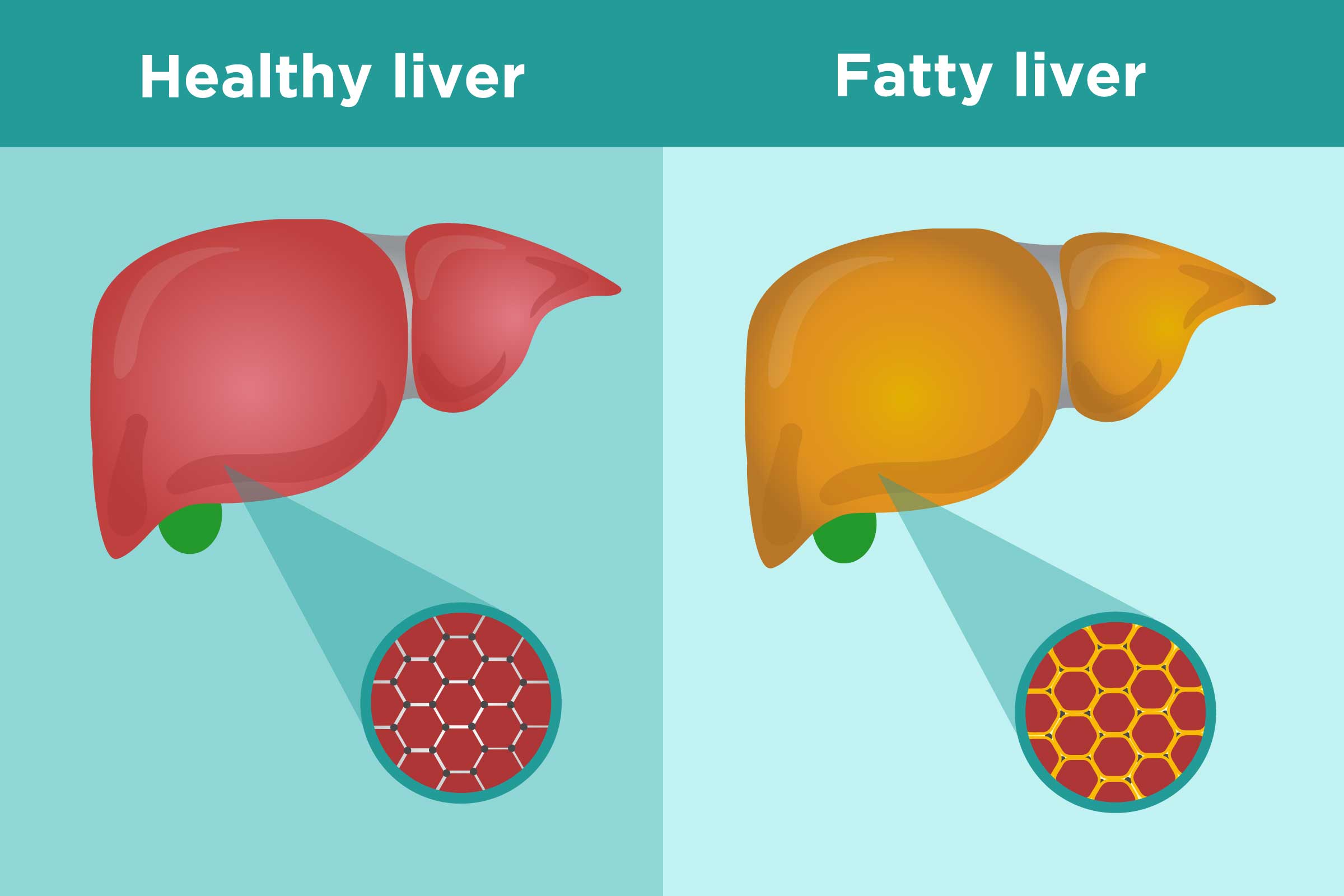

Toxin exposure appears to have contributed to dramatically higher rates of fatty liver disease among first responders to the attack on the World Trade Center on Sept. 11, 2001, according to research that was selected for presentation at Digestive Disease Week (DDW) 2020. DDW data is published in the May online supplements to Gastroenterology and GIE: Gastrointestinal Endoscopy.
“Non-alcoholic fatty liver disease (NAFLD), one of the most serious diseases of the digestive system, is generally thought to be caused by obesity, metabolic syndrome and poor lifestyle choices,” said Mishal Reja, MD, resident physician in internal medicine at Robert Wood Johnson University Hospital, Newark, New Jersey, and a lead researcher of the study. “However, recent research shows a higher burden of this disease among workers exposed to environmental toxins in coal mining, demolition and factories. This exposure is similar to the toxins faced by 9/11 responders.”
Reja and his team reviewed medical records of 243 first responders with gastrointestinal symptoms who were referred to the World Trade Center Health Program between January 2014 and August 2019. Testing for signs of fatty liver disease and comorbidities, researchers found nearly 83 percent had fatty liver disease compared to 24 to 45 percent in the general population.
“This research shows that 9/11 first responders need to be particularly concerned about fatty liver disease, and they must be examined more closely for it. Additionally, they should be especially careful in managing their diet and any related comorbidities because their risk for fatty liver disease is compounded by toxin exposure,” said Dr. Reja.
Toxin-associated fatty liver disease (TAFLD) was recently identified as a form of NAFLD among people exposed to chemicals and toxins. Researchers believe occupational and industrial toxins disrupt endocrine signaling, causing weight gain associated with type 2 diabetes and fatty liver, which can lead to a host of life-threatening conditions, including liver cancer and cirrhosis.
Previous studies have confirmed that workers involved in the cleanup and recovery efforts at the World Trade Center have suffered a variety of health conditions, including digestive disorders, such as acid reflux, and respiratory disorders, such as lung disease, COPD and asthma. However, the effect on the liver has not been closely studied.
In addition to providing a warning to first responders and their families, this research adds to the literature linking environmental chemicals and TAFLD. To build on this research, Dr. Reja and his team hope to compare liver ultrasounds of first responders to a control group of the general population to gather more detailed information on the rate of TAFLD.

